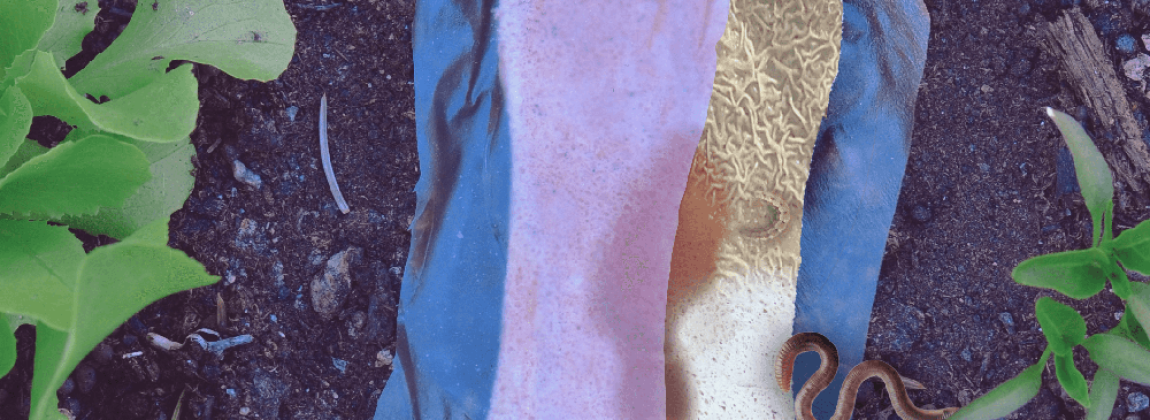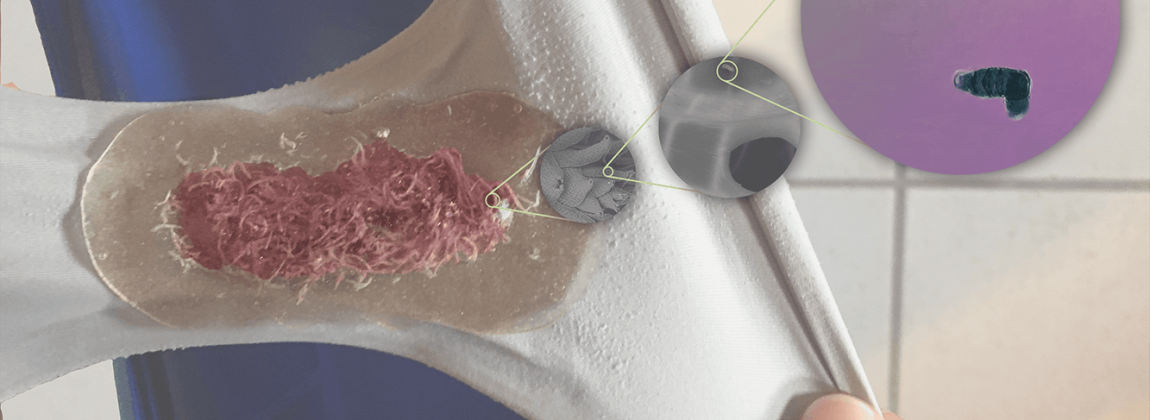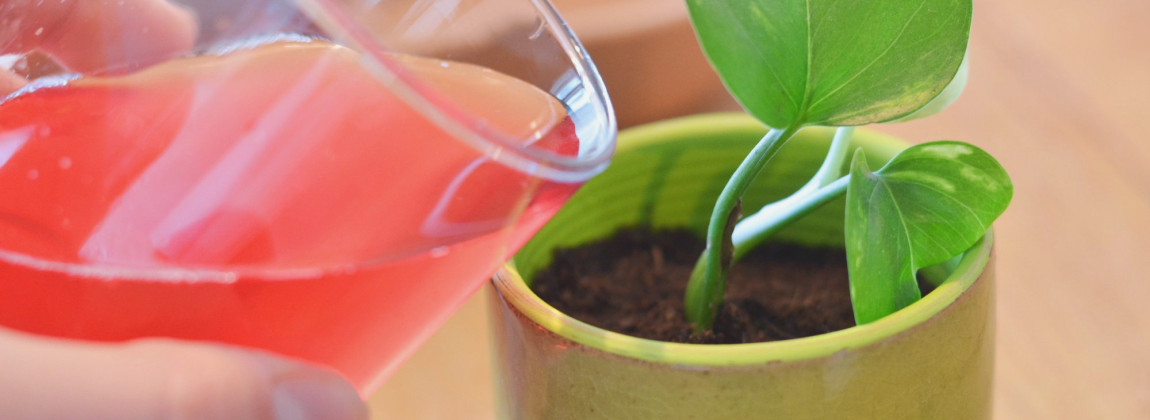- Type of project
- Applied research
- Funding
- NAVET
- Website
- https://www.biomenstrual.com/https://nadiacw.github.io/biomenstrual/https://www.kth.se/navet/research/projects/designing-multispecies-menstrual-care-1.1040991
- mljuul@aho.no
- Duration
- 01.03.2021 -> 31.10.2021
This project has been completed
About the project
In Biomenstrual, we imagine and experiment with sustainable, multispecies, ecofeminist practices of human menstrual care. We shift from discourses of menstrual management and hygiene, to community and more-than-human health care practices where caring for menstrual health is also an environmentally nurturing practice.
Menstrual hygiene or menstrual management refers to the products and practices of absorbing, collecting, or disposing of menstrual blood, including the use of tampons, sanitary pads, and menstrual cups. In our work, we focus on how menstrual products are made, used, and discarded, with a focus on the material waste generated both by the body (menstrual blood, mucus, and tissue) and by the products (a wide range of organic and non-organic materials such as cotton and plastics). Through a Research through Design process inspired by speculative and more-than-human design, we have explored how we can design menstrual care practices that re-use or compost this material waste, opening up possibilities for cohabitation or collaboration with other species, such as bacteria and microbes, plants and insects.
One of the main results of this work consists of a set of recipes and samples of biobased and biodegradable materials, assembled into menstrual pads. These consist of superabsorbent and antiseptic materials such as sphagnum moss, gluten co-product, algae-based (agar) bioplastics, and pH sensitive red cabbage extract. In addition, we designed several tools and harvesting, cooking and fabrication processes that accompany the crafting of these menstrual pads. This includes a machine learning moss classifier for identifying the required species of moss in the wild, along with 3D printed kitchen tools and a cookbook for assembling the pads. Another contribution of the work is a set of design proposals for collecting, observing, diluting and filtering menstrual blood, considering the queer use of this bodily fluid as something precious and nurturing, which can be used as a fertilizer for soil and plants, such as mosses and blueberries. In addition, we provide evocative graphic materials and guides which prompt others to think with us about these practices.
Our research builds on a theoretical framework including feminist technoscience theories of multispecies collaboration, acknowledging the human body as entangled and interconnected with the environment—thinking with scholars like Haraway, Tsing, and Kimmerer, — as well as more-than-human design, along with previous work on women’s health in HCI and design research.







